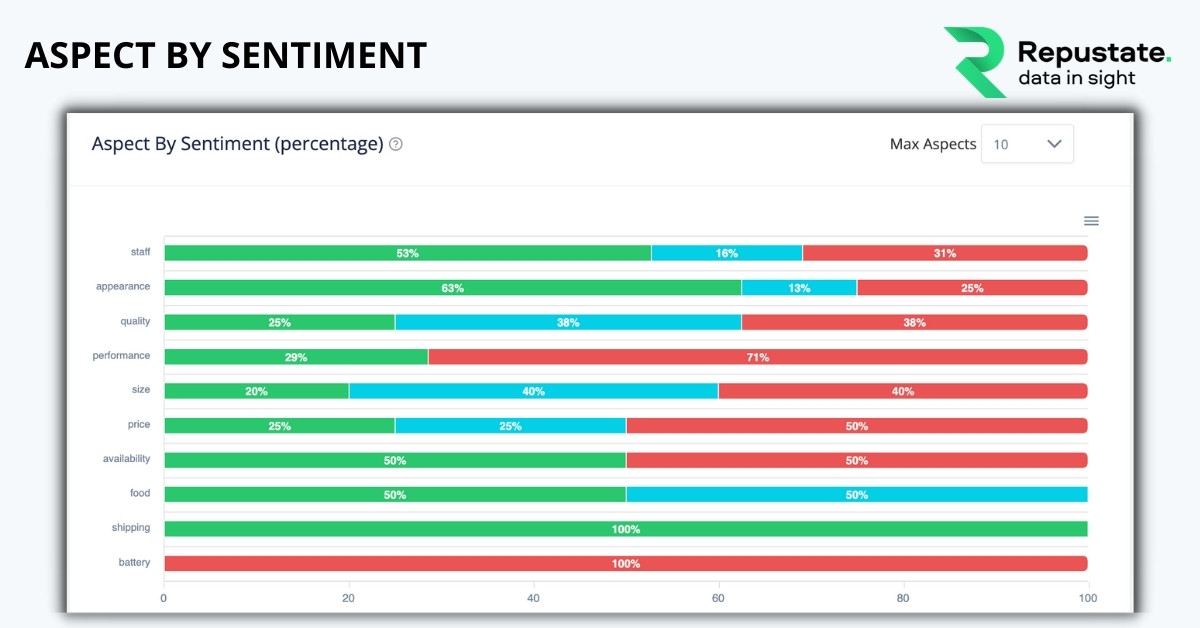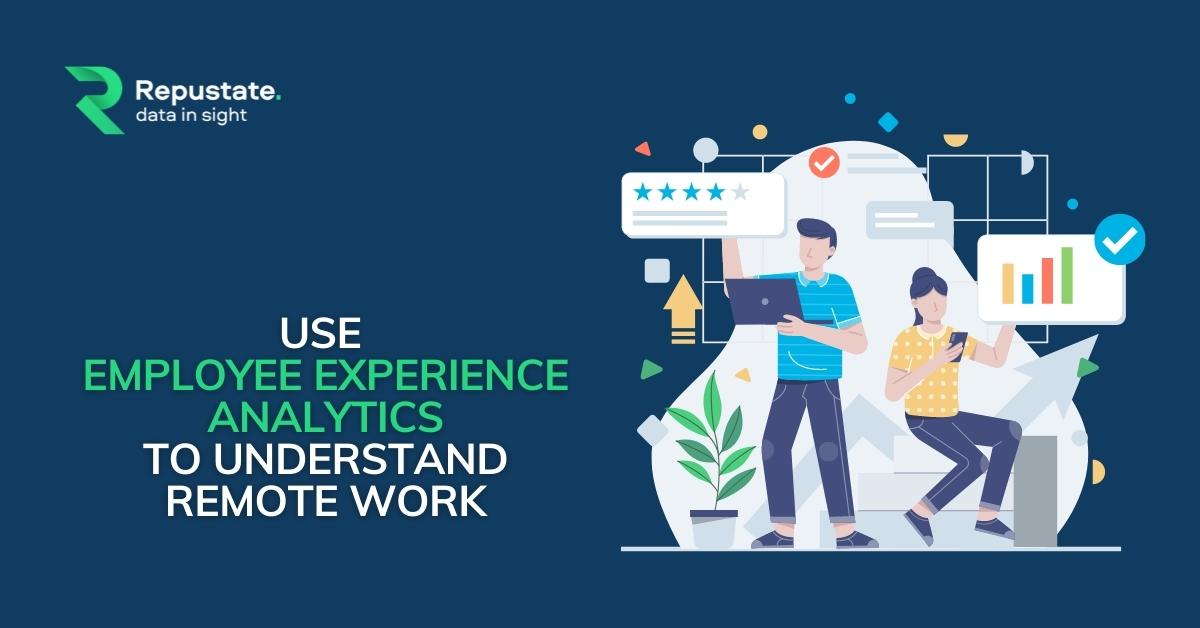Use EX Analytics To Understand Remote Workforce Experience
People management teams are using employee experience analytics increasingly to better understand the dynamics of a growing hybrid work environment. Companies are also studying how remote work is affecting the operations and success of an organization. For the most part, remote working has proven to increase employee productivity by 45%.
Added to this, with the perks of reduced overhead expenses for the upkeep of physical offices. and the fact that innovative tech has made team collaborations possible from virtually anywhere, remote work is here to stay.
Given this evolving work environment, let us look at how human resources teams can use AI-driven employee experience analytics and other sentiment analysis integrations to meet and support employee needs for increased productivity and growth.
What Are The Challenges Of Remote Workforce Engagement?
The lack of personal interaction in a remote setting over a period of time can lead to many issues that can result in lower employee engagement levels and eventually low job satisfaction. The most common challenges that organizations face with regard to a remote workforce are:
- Misunderstandings
Since not much can be communicated through audio calls or chats, and time constraints due to deliverables don’t leave much time to resolve matters in an ideal manner, misunderstandings can crop up among peers as well as in the management ranks.
- Low Morale
Stress related to technical issues, workload, unresolved conflicts due to miscommunications, and feelings of disconnectedness can lead to lower morale in remote workforces. Employee experience analytics can help HR teams keep track of these very issues so that they can be handled in time before employee attrition kicks in.
- Loneliness & Isolation
The lack of physical interactions with team members and the frustration of not being able to resolve a work-related issue in a timely manner that could have been done better in an in-person setting, can lead to low productivity and feelings of isolation.
- Tech-related challenges
In an office environment there is always tech support who can be reached for any issue that may crop up. If not, there are colleagues around whose help can be sought. In a remote work environment, there is a high dependency on self-reliance, which can be frustrating. Added to this, internet connectivity problems that can affect important meetings and deliverable timelines can be further infuriating.
- Overcommunication & Micromanaging
Remote employees very often feel the burden of being micro-managed or being constantly asked for updates even when they have provided up-to-date information. This can have negative impacts as employees may feel that their managers don’t trust their work ethics.
Human resources teams need to work with the management on this aspect a lot more than they think as there is a high percentage of managers who still believe that remote employees can easily shirk responsibilities, even though this theory has been debunked given the increase in productivity as seen in post-pandemic studies.
Employee experience analytics empowers organizations to work their way through the challenges of managing a remote workforce. In the below section we will see how.
How Can EX Analytics Help In Understanding Remote Workplace Experience?
A Gartner survey revealed that more than 75% of employees now prefer to work remotely. The same survey also highlighted that organizations were at a threat of losing 4 out of 10 of their top talent if they were forced to be back at a physical location. Importantly, about 49% of Executives feared employee attrition the most given the struggle to find the right people with the right skill sets and attitudes.
Given this, let us look at the top ways in which an employee experience analytics solution can empower organizations to meet these drivers of change that are taking over traditional work environments.
1. Measure Employee Satisfaction
Remote working and hybrid workstyles are a welcome shift from the traditional 9-5 roles that meant being stuck at a physical location, not including the time spent in commute to and from work, water-cooler chats, and such. However, this is not to say that the change has come without its share of challenges. Despite the majority of employees wanting remote work, there is still a group that prefers an in-office work environment due to various reasons such as not having ideal internet connectivity, a noisy household, anxiety, and the like.
HR teams need to find ways to ensure that both these groups of employees are supported based on their needs. Employee experience analytics can be of tremendous help to HR teams in this matter.
EX analytics helps in analyzing the voice of the employee data and extracts aspect-based sentiment revealing how employees feel about various aspects of their work. These insights that are showcased on a text analysis dashboard can give organizations a very clear view of what improvements can be made to help and nurture employees on an overall level as well as aspect-based, for different areas such as teams, peers, performance, pay, stress, and others.

2. Track Employee Challenges
When your workforce shifts to remote work, it is very important to keep track of challenges that employees might be facing because this can lead to serious disruption in productivity and efficiency. This means organizations need to ensure steady communications between themselves and their people.
Employees may face issues with technology, such as with collaboration and meetings software like Zoom meetings, Slack, or Google Meets. Or they may need help with payroll issues, vacation requests, or other people management processes, all of which will need to be managed remotely.
An employee experience analytics solution helps you measure and track how various departments are navigating through various operational aspects of remote working, and if the processes you have created are working or not. These insights are invaluable as you build a renewed employee experience strategy.
3. Analyze Training & Development Needs
There’s no denying that organizations had to resort to remote work primarily because of the Covid19 pandemic. However, despite the common assumption that employees are less productive when working from home, businesses have since come to realize that this is certainly not the case.
That’s why in order to prepare for contemporary hybrid work models, it is important that human resources teams periodically analyze the training and development needs of employees. This also includes any skill-building activities and trainings that are necessary for a career boost as employees look to promotion opportunities within the company than outside.
4. Ensure Employee Nurturing & Mental Health
Employee loneliness is a serious issue. Add to that are circumstances beyond one’s control. All of this can lead to employees becoming overwhelmed with work-related stress. As companies look at intelligent measures to build strategies for humanizing the workplace and boosting employee morale, an employee experience analytics tool can prove vital.
A great ML tool can help you find out what employees want from the management, what their motivations are, and how you can give them the support they need. This could be through virtual team-building activities, occasional in-office gatherings, gift cards, and numerous other ways. Employee survey sentiment analysis can be of immense value in this endeavor.
5. Navigate Remote Hiring & Onboarding Challenges
Even as we move away from the conventional standard of physical offices, it is even more imperative that human resource teams use employee experience analytics to not only analyze sentiment about their current hiring and onboarding processes but also do a competitive analysis of how other employers are making virtual hiring processes smoother.
Finding the right candidate for the right job has always been the Achilles heel for most organizations. And now, given the rise of virtual hiring processes, there is also a growing reliance on analytics tools to manage these human resource functions as well as other key related areas. A post-onboarding and orientation survey of what went well and what needs improvement, as well as sentiment analysis of reviews on websites such as Glassdoor or Indeed also can go a long way.
6. Develop Effective Employee Recognition Programs
Remote working or not, companies have to ensure that employee satisfaction and morale is always positive. A brilliant way to do this is to foster a positive employee recognition experience through relevant and meaningful employee recognition programs that take into account how employees have risen to the occasion.
Virtual and hybrid work environments have enabled employees to become more independent and give them the opportunity to prove themselves far beyond traditional set-ups. This, however, has also lead to the rising need for effective recognition programs that take into account the dynamics of a remote working environment. These may include mentorship programs, gift cards, social media-driven public recognition programs, skills upgrading programs, in-person team outings, and such.
7. Strengthen Your Employer Brand
You should use cross-channel data, especially on business and communications platforms LinkedIn, Xing, Meetup, or Glassdoor for brand building and awareness. Machine learning capabilities such as video content analysis and search inside video can help you analyze trending employer and employee-centric videos that will give you a pulse on what’s hot in the market and how sentiment trends are evolving with regard to your employer brand as well in your industry, in general.
Conclusion
Efficient human resources teams know how important data-driven employee experience analytics can be in better understanding the impact of their people management policies. In a hybrid environment, this need is manifold.
Repustate’s employee experience analytics solution, Repustate IQ, has helped many organizations empower their people management teams. It has helped them understand important aspects of their employee experience that have contributed to higher collaboration, employee engagement, and process innovation.
Available in 23 languages, Repustate IQ is indefinitely scalable and offers the most accurate sentiment analysis insights for employee satisfaction.
 Home
Home
 Jun 20, 2022
Jun 20, 2022

 Jeremy Wemple
Jeremy Wemple
 Dr. Ayman Abdelazem
Dr. Ayman Abdelazem
 Dr. Salah Alnajem, PhD
Dr. Salah Alnajem, PhD
 David Allen
David Allen

 Repustate Team
Repustate Team

